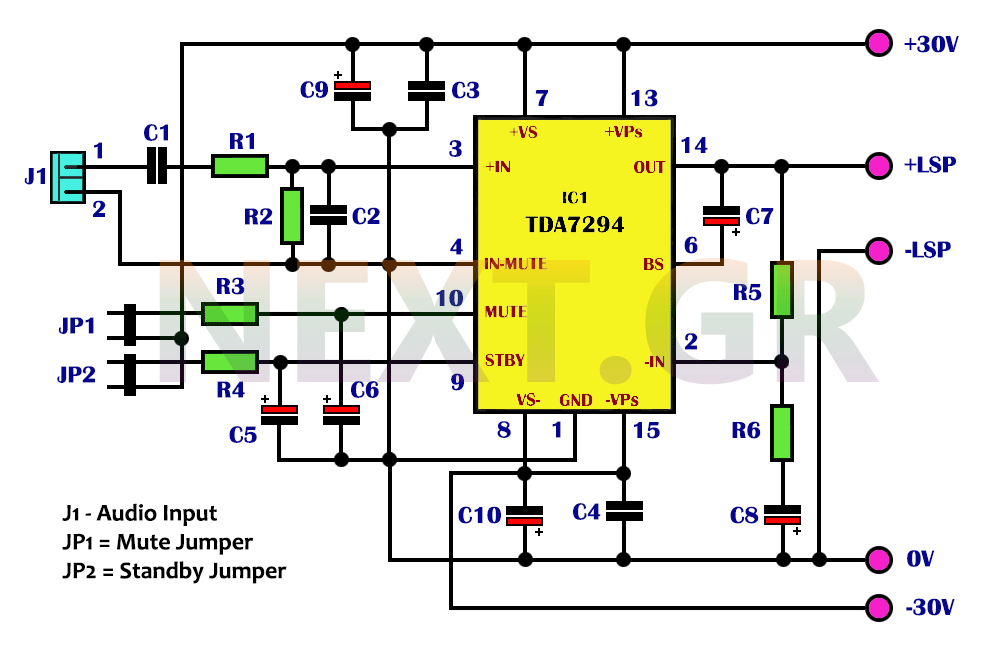
amplifier tutorial
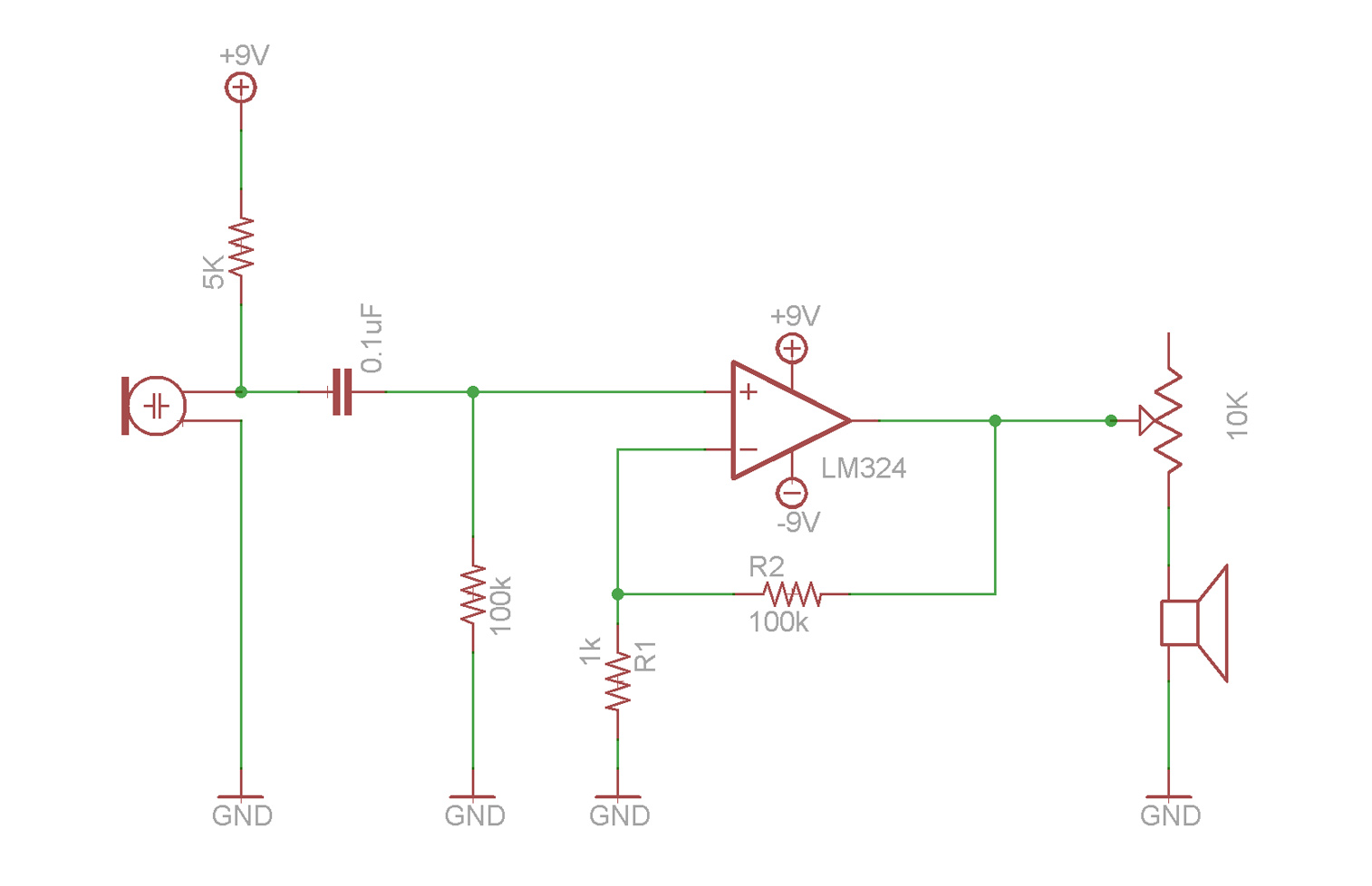
This video demonstrates the fundamentals of operational amplifiers (op amps) and includes an example circuit that amplifies a small microphone signal to make it audible through earbuds. The circuit utilizes the LM324 quad op amp integrated circuit (IC).
The described circuit employs the LM324 quad op amp, which contains four independent, high-gain, frequency-compensated op amps. This versatility allows for various configurations, including inverting, non-inverting, and differential amplifiers. In the context of microphone signal amplification, a non-inverting amplifier configuration is typically used to ensure that the output signal maintains the same phase as the input signal.
The circuit design begins with a small electret microphone, which converts sound waves into an electrical signal. Given the low amplitude of the microphone output, a gain stage is necessary to boost the signal level. The LM324 op amp is configured in a non-inverting amplifier setup, where the microphone output is fed into the non-inverting input of one of the op amps. The gain of the amplifier can be set using resistors connected between the output and the inverting input, as well as from the inverting input to ground.
For instance, if resistors R1 and R2 are used, the gain (Av) can be calculated using the formula Av = 1 + (R2/R1). By selecting appropriate resistor values, the circuit can be tailored to achieve the desired amplification level, ensuring that the output signal is strong enough to be processed by earbuds.
Additionally, it is essential to consider the power supply requirements for the LM324 op amp, which typically operates within a range of 3V to 32V. Proper decoupling capacitors should also be placed near the power supply pins of the op amp to minimize noise and stabilize the power supply.
The final output from the op amp can be connected directly to the earbuds, which will convert the amplified electrical signal back into audible sound. This simple yet effective circuit serves as an excellent introduction to the principles of op amps and their applications in audio signal processing.This video shows you the basics of op amps and has an example circuit where you build an amplifier to take a tiny microphone signal and amplify it to be audible on earbuds. The circuit is based on the LM324 quad op amp IC. 🔗 External reference
The described circuit employs the LM324 quad op amp, which contains four independent, high-gain, frequency-compensated op amps. This versatility allows for various configurations, including inverting, non-inverting, and differential amplifiers. In the context of microphone signal amplification, a non-inverting amplifier configuration is typically used to ensure that the output signal maintains the same phase as the input signal.
The circuit design begins with a small electret microphone, which converts sound waves into an electrical signal. Given the low amplitude of the microphone output, a gain stage is necessary to boost the signal level. The LM324 op amp is configured in a non-inverting amplifier setup, where the microphone output is fed into the non-inverting input of one of the op amps. The gain of the amplifier can be set using resistors connected between the output and the inverting input, as well as from the inverting input to ground.
For instance, if resistors R1 and R2 are used, the gain (Av) can be calculated using the formula Av = 1 + (R2/R1). By selecting appropriate resistor values, the circuit can be tailored to achieve the desired amplification level, ensuring that the output signal is strong enough to be processed by earbuds.
Additionally, it is essential to consider the power supply requirements for the LM324 op amp, which typically operates within a range of 3V to 32V. Proper decoupling capacitors should also be placed near the power supply pins of the op amp to minimize noise and stabilize the power supply.
The final output from the op amp can be connected directly to the earbuds, which will convert the amplified electrical signal back into audible sound. This simple yet effective circuit serves as an excellent introduction to the principles of op amps and their applications in audio signal processing.This video shows you the basics of op amps and has an example circuit where you build an amplifier to take a tiny microphone signal and amplify it to be audible on earbuds. The circuit is based on the LM324 quad op amp IC. 🔗 External reference
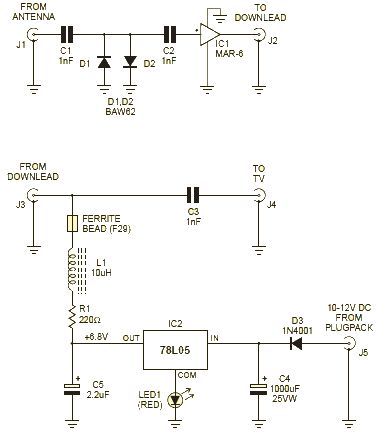
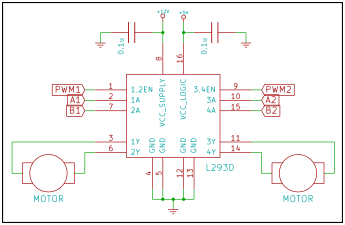
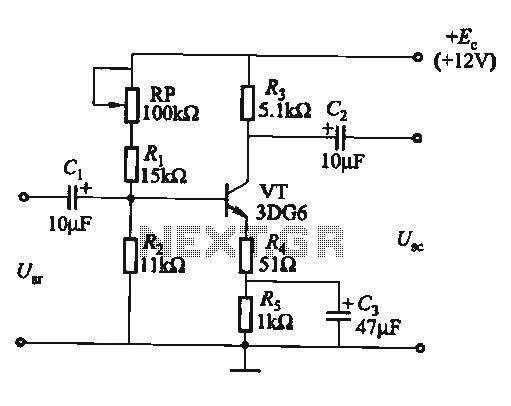
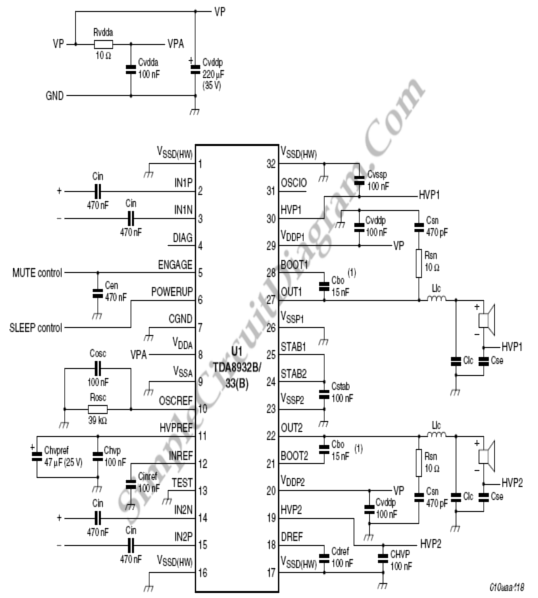
%2B2%2BCH%2Bby%2BIC%2B%2BNE5532%2Bor%2BLF353.jpg)
